Retro Replay Review
Gameplay
War in the Pacific: The Struggle Against Japan 1941-1945 offers a deeply immersive turn-based wargame experience that spans the entire Pacific theater of World War II. From the outset, players are confronted with staggering strategic options: commanding naval fleets, launching aerial assaults, orchestrating submarine wolfpacks, and coordinating artillery barrages. Each unit—whether it’s an Essex-class carrier bristling with fighter squadrons or a nimble Zero fighter—is modeled with detailed statistics, reflecting crew training, morale, and the names of individual commanders who can turn the tide of battle if kept alive.
(HEY YOU!! We hope you enjoy! We try not to run ads. So basically, this is a very expensive hobby running this site. Please consider joining us for updates, forums, and more. Network w/ us to make some cash or friends while retro gaming, and you can win some free retro games for posting. Okay, carry on 👍)
The hex-based map stretches 148 by 148 tiles, each representing a 60×60 mile swath of ocean or land. Movement, supply lines, and reconnaissance all hinge on this precise grid, and the game’s day-by-day, two-phase turn structure demands careful planning. You decide whether to move fast and strike hard in the daylight phase, then hunker down for nighttime operations, knowing the enemy may be plotting a surprise sortie or air raid. The result is a slow-burn campaign that rewards patience and foresight.
Flexibility is at the heart of the gameplay. You can opt to command only the naval armada, focusing on ship-to-ship combat and amphibious invasions, or you can take charge of the air war, coordinating long-range bombing runs and fighter patrols. For the most ambitious strategists, total command over all military branches provides the ultimate test of operational skill. Multiplayer modes, including PBEM (play-by-email), head-to-head matches, or letting the AI handle both sides, further expand replayability and cater to different playstyles.
As the campaign unfolds, new technologies and tactics become available, mirroring historical developments. Japanese kamikaze missions appear late in the game, offering a high-risk, high-reward tactic that can cripple Allied carrier groups. Similarly, once your research facilities complete the Manhattan Project, you face the momentous decision of unleashing atomic strikes—an option that can end the war but exacts a profound strategic and moral cost. These evolving mechanics ensure that no two playthroughs feel identical.
Graphics
While War in the Pacific is far from a graphical showcase, its utilitarian 2D art style serves its strategic purpose admirably. The hex map is clean and clearly delineated, with terrain features like islands, atolls, and coastal cities rendered in simple but readable icons. Ship silhouettes and aircraft symbols are easily distinguishable at a glance, allowing you to assess fleet compositions and enemy air patrols without squinting at microscopic details.
Unit detail screens present statistics in a concise tabular format, with columns for speed, armor, firepower, and crew quality. Portraits of named commanders add a human touch, though they remain static illustrations rather than animated sprites. Menus and overlays may feel dated compared to modern triple-A titles, but they load quickly and navigate smoothly, which is critical when managing hundreds of units across an immense theater.
Map zoom levels allow you to switch between strategic overview and tactical close-up, making it easier to plan long-range offensives or fine-tune local engagements. Weather and visibility conditions are displayed graphically on the map, so fog banks or storms appear as hazy overlays, affecting movement and detection. This visual feedback keeps you informed without cluttering the interface.
Overall, the graphical presentation prioritizes clarity over flash. If you’re seeking a visually spectacular war simulation, you might be disappointed. However, the straightforward visuals and legible unit icons help maintain focus on the strategic layer, ensuring that decisions remain the centerpiece of the experience rather than eye candy.
Story
War in the Pacific foregoes a linear narrative in favor of an emergent story shaped by your decisions and fortunes of war. Each campaign generates its own drama: a surprise air raid that decimates your carriers, a heroic submarine patrol that sinks an enemy battleship, or a tense race to seize key islands before the opposing side can reinforce them. These dynamic events create a personalized war tale that unfolds differently every time you play.
Historical authenticity is woven into the campaign’s framework. Research trees unlock pivotal technologies such as radar, improved anti-aircraft guns, and eventually atomic bombs, reflecting real-world developments. As you progress, the game introduces new units and tactics at historically accurate points—Kamikaze airlines emerge in late 1944, and the devastating effects of strategic bombing campaigns intensify as you build B-29 Superfortresses. This timing anchors your evolving strategy in the larger context of the war.
The absence of a fixed storyline allows freedom but also places the onus on players to craft their own narrative. Individual commanders accrue battle honors or suffer losses, and their reputation can boost fleet morale if you keep them alive. These personalized details foster attachment to your forces, making victories sweeter and defeats all the more affecting.
Ultimately, the story you experience in War in the Pacific is less about scripted plot points and more about the ebb and flow of global conflict. Whether steering the Japanese fleet toward a daring gamble at Midway or marshaling Allied forces for a massive island-hopping campaign, your strategic choices write the history of the Pacific War in your own image.
Overall Experience
War in the Pacific: The Struggle Against Japan 1941-1945 is a monumental undertaking that will appeal primarily to hardcore strategy enthusiasts. Its staggering level of detail—from individual crewmen and commanders to hundreds of ship classes—can be daunting at first, and the interface may feel unwelcoming to newcomers. A significant time investment is required to master its many systems, but those willing to delve into its depths will find a richly rewarding sandbox of historical simulation.
Patience and planning are rewarded: successful campaigns hinge on logistics, reconnaissance, and timing. The steep learning curve softens as you become familiar with the game’s mechanics, and before long you’ll be orchestrating complex, multi-fleet maneuvers across thousands of miles of ocean. Multiplayer options such as PBEM add a social dimension, allowing you to test your strategy against human opponents over the course of weeks or months.
Visually modest but strategically profound, War in the Pacific delivers an unmatched level of operational realism. Its combination of air, sea, and land warfare, along with emergent story elements like kamikaze attacks and atomic bombing decisions, creates an absorbing simulation of the Pacific conflict. While it won’t satisfy those looking for high-octane action or polished graphics, it stands as one of the deepest wargames ever made.
In conclusion, if you’re seeking an exhaustive strategic challenge and you have the patience to learn its intricate systems, this title offers a historic campaign of grand scale and endless variety. War in the Pacific is not merely a game—it’s a generational simulation of one of history’s most significant military conflicts, waiting for you to chart its course.
 Retro Replay Retro Replay gaming reviews, news, emulation, geek stuff and more!
Retro Replay Retro Replay gaming reviews, news, emulation, geek stuff and more!
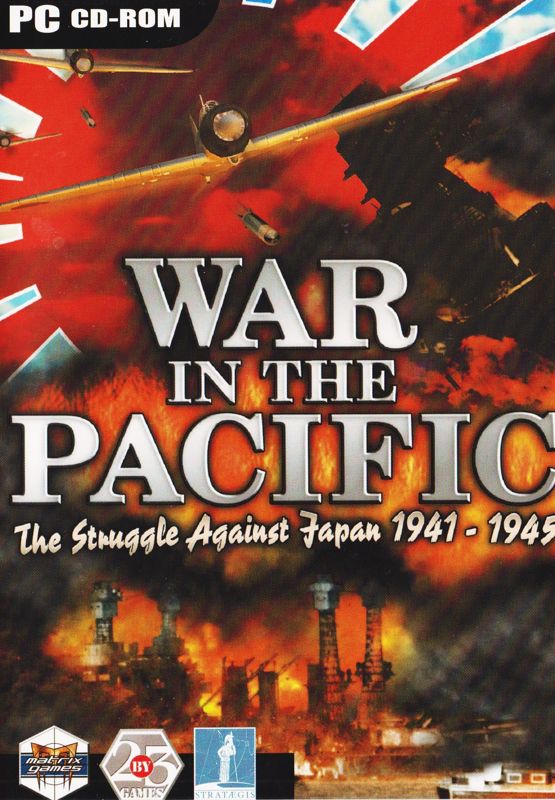
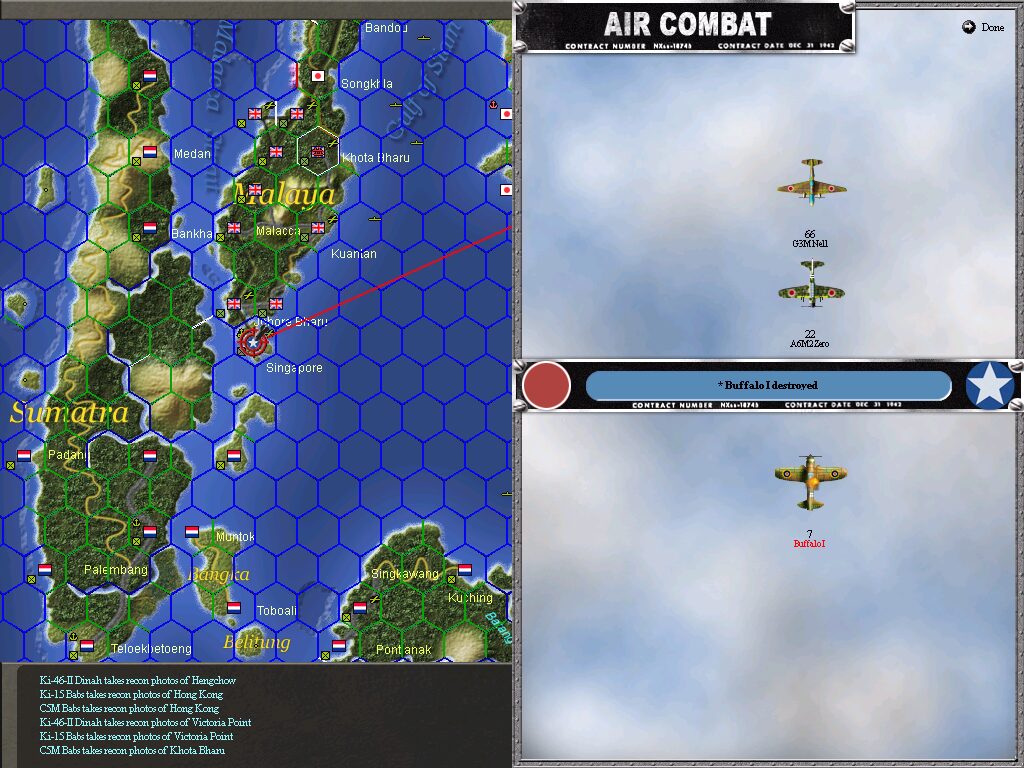
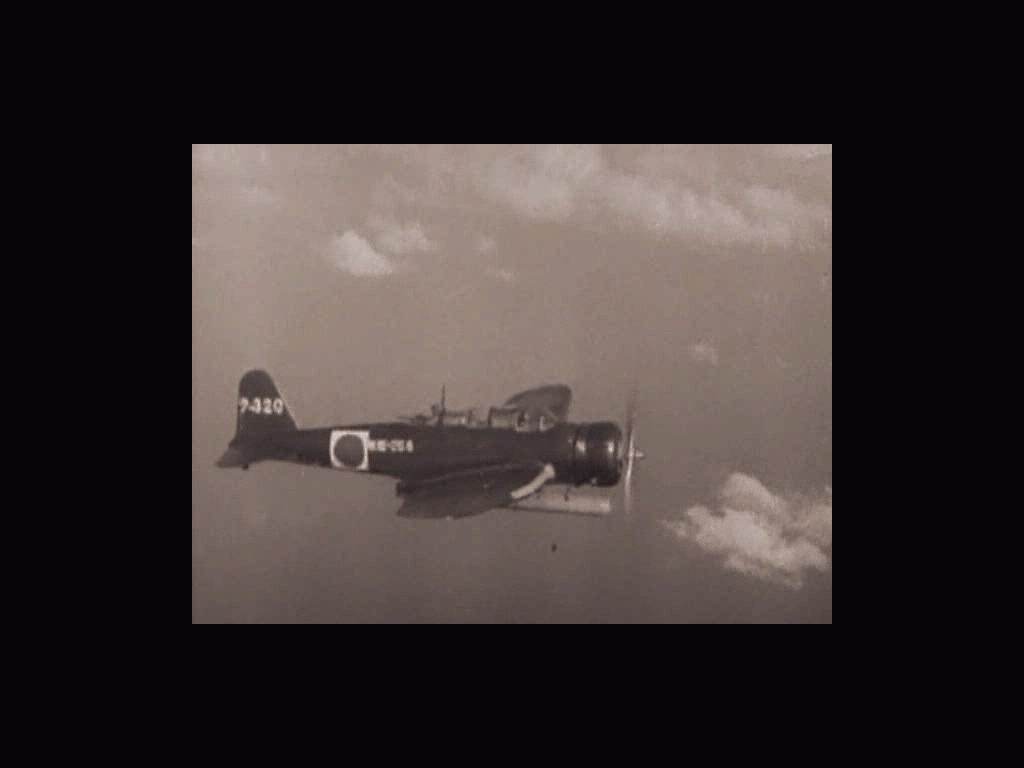
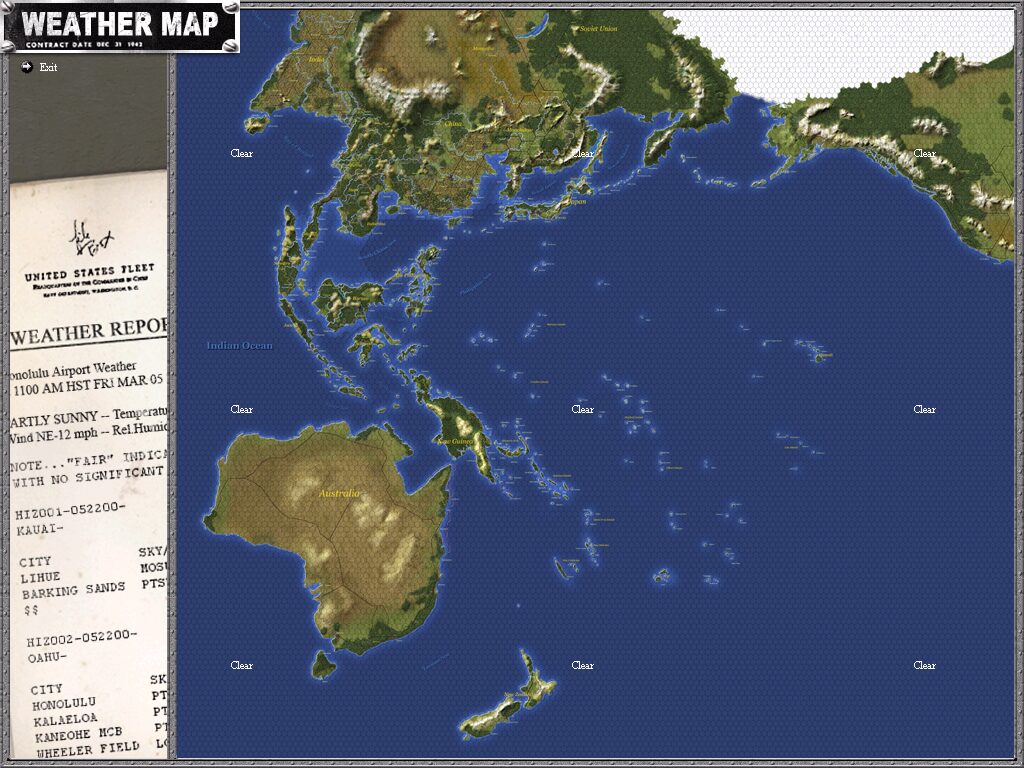
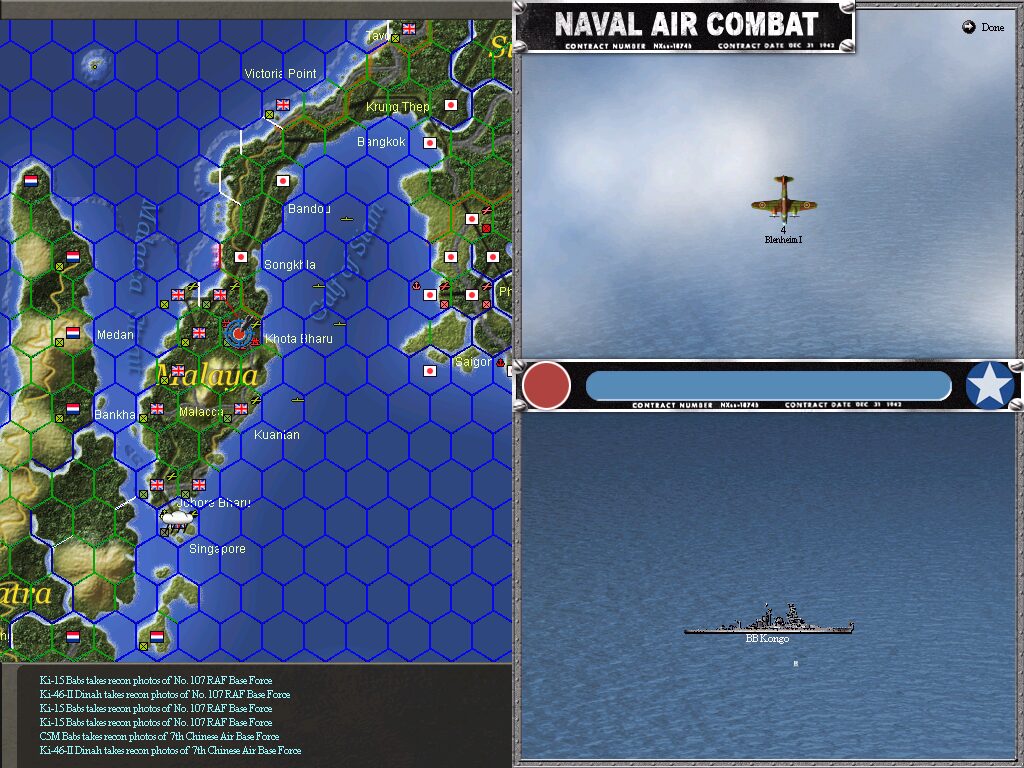
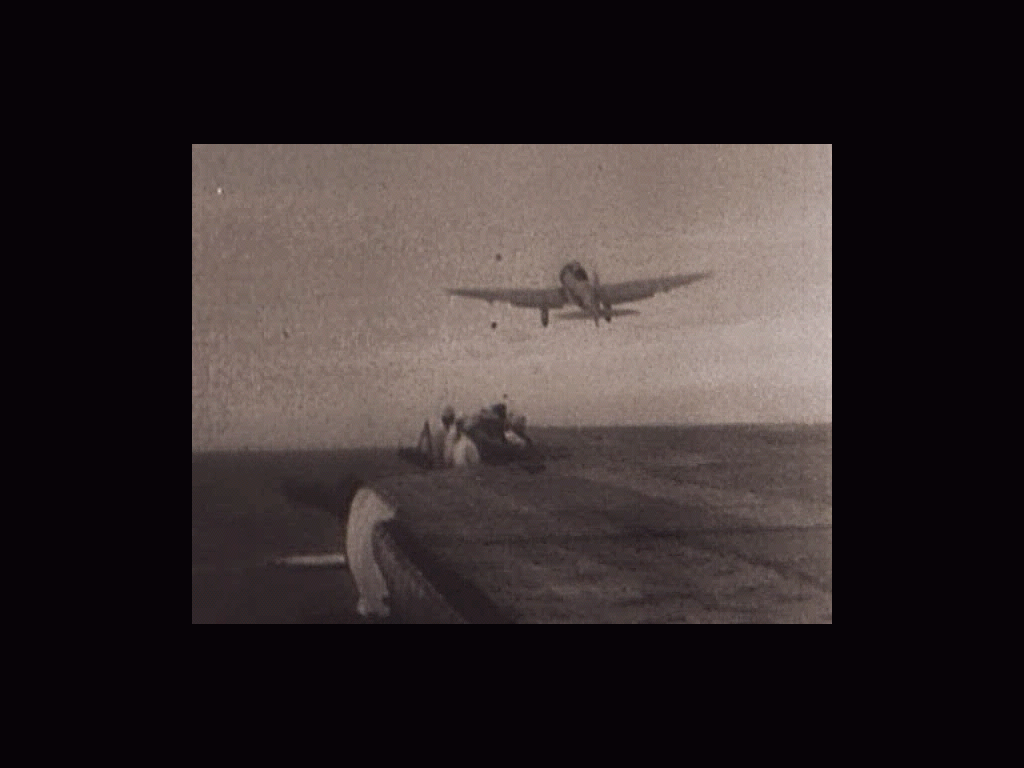



Reviews
There are no reviews yet.